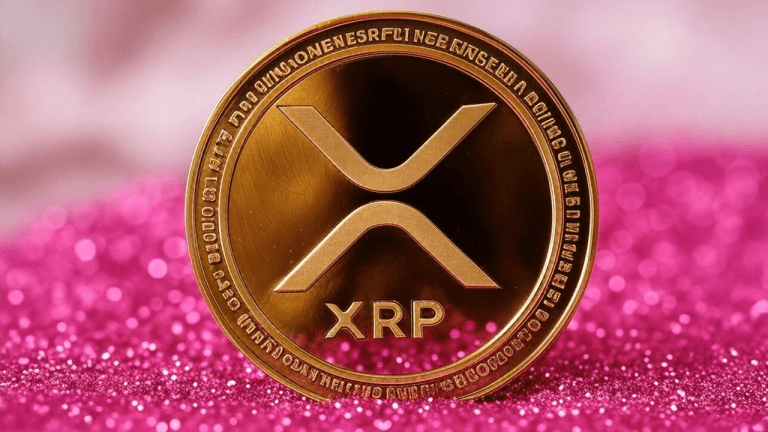
Neither US party has attempted to adequately address the country’s spiraling debt and deficit problem, which will play into Bitcoin’s hands post-election, says a hedge fund manager.
Bitcoin’s price will benefit from the upcoming United States presidential election regardless of who wins, according to the investment chief behind ZX Squared Capital.
The impact of April’s Bitcoin halving event has historically led to strong fourth quarters, and both US presidential candidates have failed to address a key issue that could play into Bitcoin’s favor, CK Zheng, chief investment officer of crypto hedge fund ZX Squared Capital, told Cointelegraph.
Bitcoin (BTC) has also benefited from uncertainties stemming from previous US presidential elections before the winning party was declared, and Zheng believes it won’t be any different this time.







